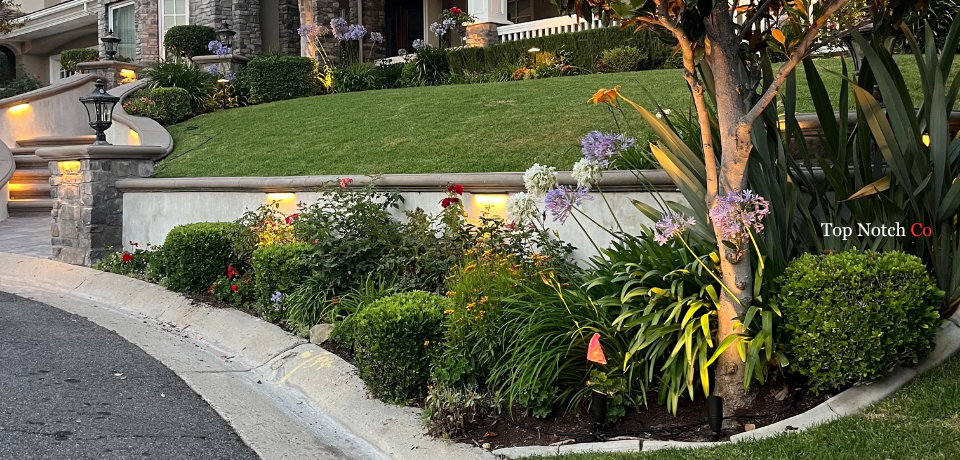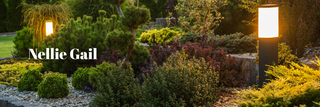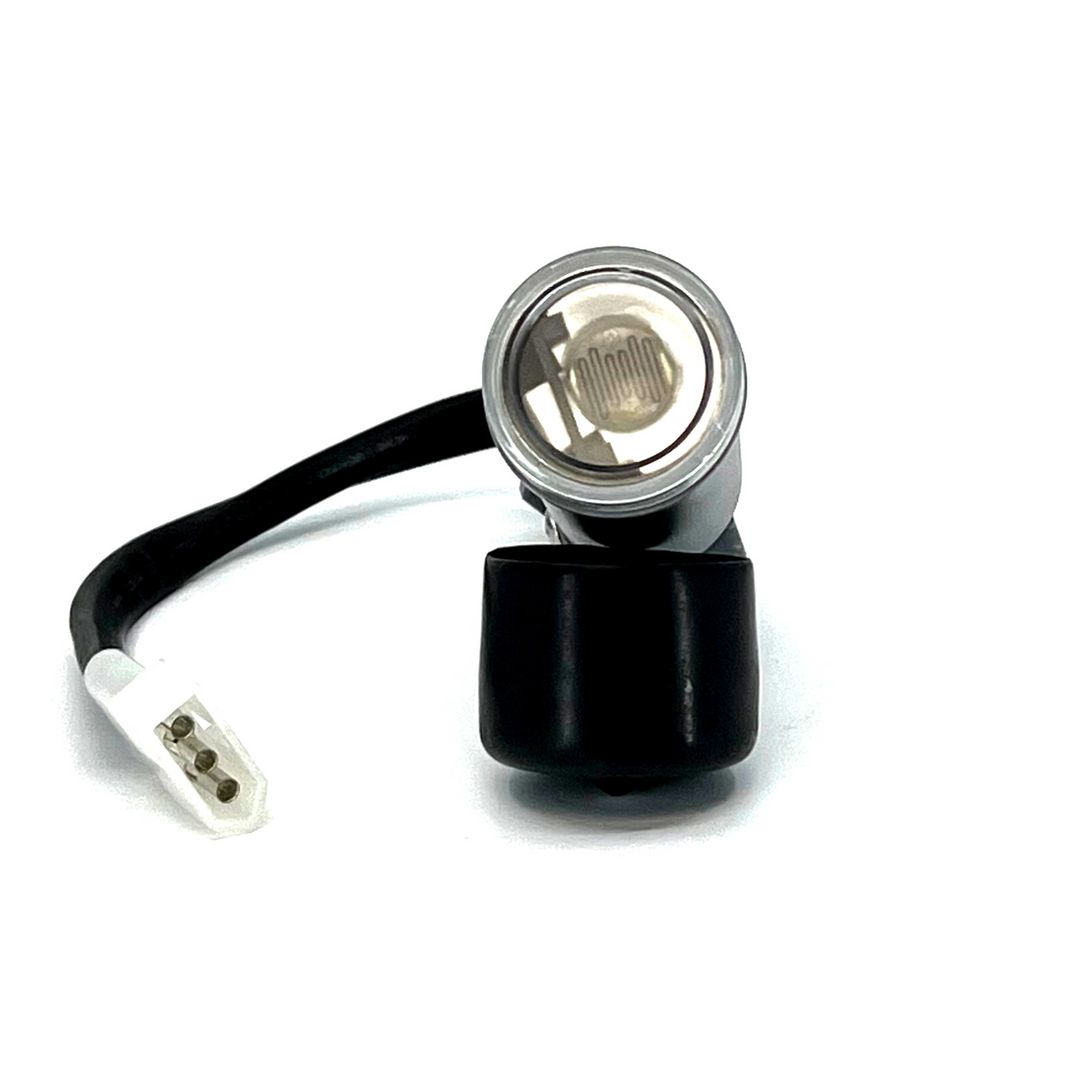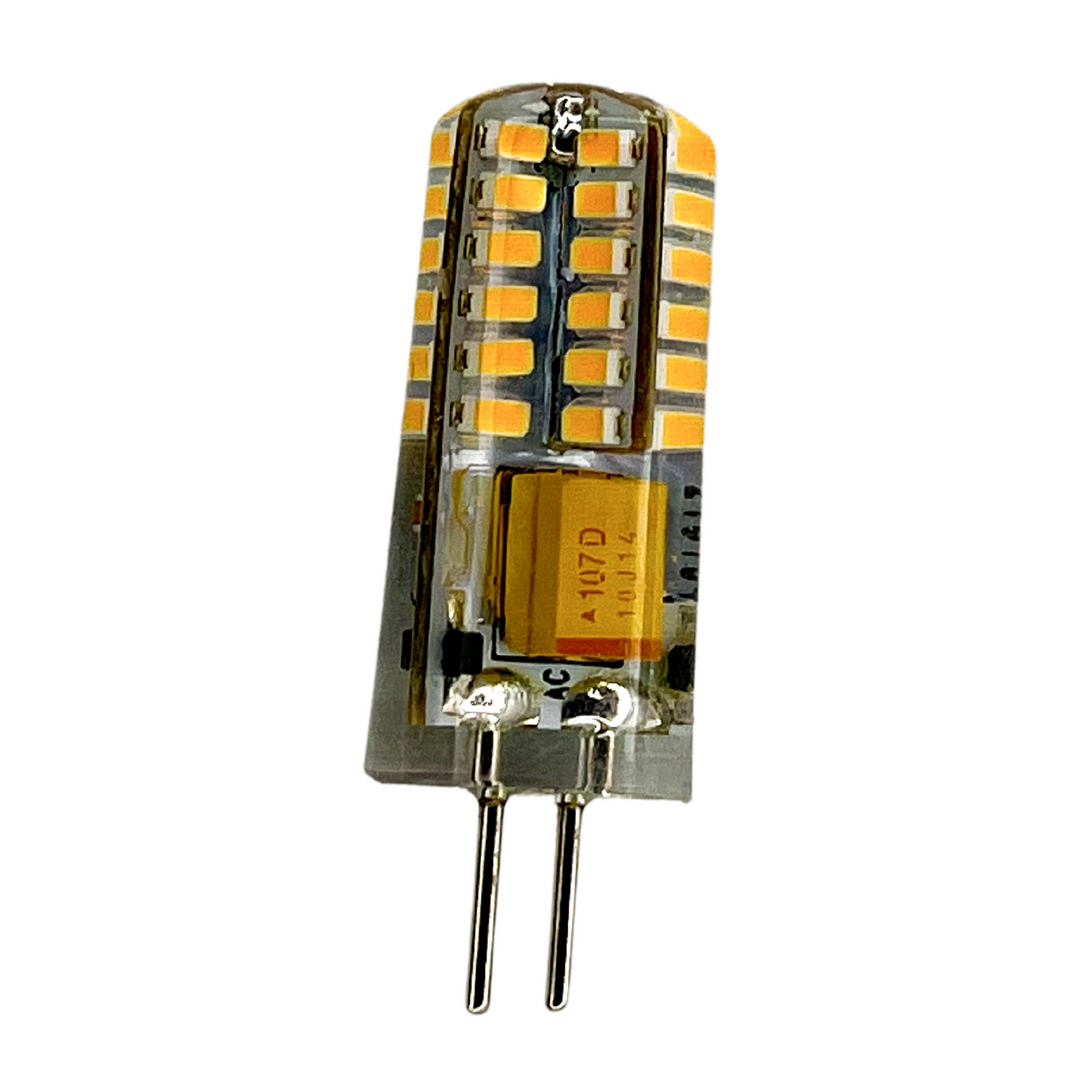
The Secret to Outdoor Lighting: Design & Installation Tips
|
|
Time to read 6 min
Transforming your outdoor spaces with landscape lighting not only enhances their visual appeal but also increases their functionality. Whether you're looking to accentuate the architectural beauty of your home, illuminate garden pathways, or create a welcoming atmosphere on your patio, strategic lighting plays a crucial role. Beyond aesthetics, well-planned landscape lighting provides safety by illuminating dark areas and adds value to your property by making it more attractive to potential buyers.
Benefits of Landscape Lighting Installation
Enhanced Safety and Security: Proper lighting along pathways, driveways, and entryways helps prevent accidents and deters potential intruders, making your home safer.
Extended Usability of Outdoor Spaces: With strategically placed lights, you can enjoy your garden, patio, or deck long after the sun has set, maximizing the use of your outdoor areas.
Increased Property Value: A well-designed landscape lighting system adds curb appeal and can increase the overall value of your property, making it a wise investment.
Planning Your Landscape Lighting Design
The first step in any successful landscape Lighting Installation project is careful planning. Begin by walking around your property during the evening to identify areas that would benefit from additional lighting. These might include pathways where guests walk, driveways where vehicles are parked, or specific architectural features of your home that you wish to highlight.
In selecting the appropriate types of lights, it’s important to match each fixture to the function it will serve. Spotlights are excellent for drawing attention to specific objects like trees or sculptures, while floodlights are ideal for casting broad illumination over large areas such as backyards or driveways. Pathway lights, which are typically low to the ground, guide guests safely along walkways while adding a touch of elegance. For creating a cozy ambiance in seating areas, decorative string lights or lanterns are perfect choices.
Once you’ve determined the areas that need lighting and the types of fixtures you’ll use, consider the power source. Low-voltage lighting systems are a popular choice for many homeowners due to their safety and energy efficiency. These systems require a transformer to step down the voltage from your home’s 120-volt system to a safer 12 volts. Alternatively, solar-powered lights offer an environmentally friendly option that’s easy to install since they require no wiring. However, their effectiveness depends on the amount of daily sunlight they receive.
Choosing the Right Lighting Types Different areas of your landscape will require specific types of lighting:
Spotlights: These are perfect for highlighting focal points like trees, statues, or architectural features.
Floodlights: Ideal for illuminating wide areas such as driveways or large garden spaces, providing ample light coverage.
Pathway Lights: Essential for guiding visitors along walkways and enhancing safety, these lights also add a decorative touch.
Decorative Lights: These lights are used to create ambiance in outdoor living spaces, such as patios and decks, adding a warm and inviting glow.
Power Sources for Landscape Lighting When choosing your landscape lighting, you’ll need to decide between low-voltage and solar-powered systems:
Low-Voltage Lighting: This type of lighting requires a transformer to reduce your home’s 120-volt system to a safer 12 volts. It offers reliable and consistent lighting, ideal for most landscape projects.
Solar-Powered Lighting: These lights are easy to install since they require no wiring. However, their effectiveness depends on how much sunlight they receive during the day, which can vary based on location and weather conditions.
Step-by-Step Guide to Installing Landscape Lighting
Laying Out Your Design Before installation, map out your entire lighting design on paper. Mark where each light will be placed and plan the paths for the cables. This step is crucial to avoid mistakes and ensure that your lighting system is both functional and aesthetically pleasing.
Choosing the Right Transformer Your transformer is the heart of your low-voltage lighting system. Calculate the total wattage of all your lights to determine the appropriate transformer size. It’s advisable to choose a transformer that exceeds your calculated wattage by 20-30% to allow for future expansion and to ensure that it’s not operating at full capacity.
Connecting the Lights Position your lights according to your design layout. Use quick-connect systems or waterproof connectors to join the fixtures to the main cable. This step is critical to ensure that your lighting system is reliable and resistant to weather conditions.
Testing and Adjusting the Lighting Once all the lights are connected, turn on the transformer and walk around your property to test the system. Check each fixture to make sure it’s functioning correctly, and adjust the angles and brightness to achieve the desired effect. This testing phase is vital to ensure that your lighting design looks as planned.
Burying the Cables After you’re satisfied with the lighting setup, bury the cables in shallow trenches. Aim for a depth of about 6 inches to protect the cables from damage while keeping them accessible for future maintenance. Cover the trenches with soil and tamp it down to secure the cables in place.
Enhancing Durability and Safety in Landscape Lighting
Using Quality Materials To ensure your landscape lighting system lasts, it’s crucial to invest in high-quality materials. Opt for brass connectors, which are more durable and less prone to corrosion compared to plastic ones. Similarly, stainless steel transformers and fixtures are excellent choices as they resist rust and withstand harsh outdoor conditions. These materials not only extend the lifespan of your system but also minimize the need for frequent maintenance or replacements.
Following Electrical Codes Adhering to local electrical codes is a vital aspect of landscape lighting installation. These regulations are designed to prevent accidents and ensure that your system is safely integrated into your home’s electrical infrastructure. For instance, there are specific guidelines on how deep to bury cables, how to ground fixtures, and how to install transformers. If you’re unsure about any of these requirements, it’s advisable to consult a licensed electrician to avoid any safety hazards.
Maintaining Your Landscape Lighting Regular maintenance is key to keeping your landscape lighting system in top condition. Periodically check the fixtures for dirt and debris that can dull the light output. Clean the lenses and ensure that the connections remain tight and free from corrosion. Additionally, inspect the wiring for any signs of wear or damage, and replace any faulty components promptly. Regular maintenance not only keeps your system running smoothly but also enhances its longevity.
Energy-Efficient Lighting Options
Advantages of LED Lighting LED lights are becoming the standard in landscape lighting due to their energy efficiency and long lifespan. Unlike traditional incandescent bulbs, LEDs consume significantly less electricity, which can result in substantial savings on your energy bills. Furthermore, LEDs are available in various color temperatures, from warm white to cool daylight, allowing you to customize the ambiance of your outdoor spaces. Their durability and low maintenance needs make LEDs an ideal choice for eco-conscious homeowners.
Incorporating Timers and Photocells To optimize the energy efficiency of your landscape lighting, consider incorporating timers and photocells. Timers allow you to set specific times for your lights to turn on and off, ensuring they are only in use when needed. Photocells, on the other hand, detect ambient light levels and automatically turn the lights on at dusk and off at dawn. These automation features not only conserve energy but also enhance the convenience and security of your home.
Latest Trends in Landscape Lighting
Smart Lighting Systems Smart lighting is a cutting-edge trend in landscape design, offering homeowners unprecedented control over their outdoor lighting. These systems can be operated remotely via smartphone apps, allowing you to adjust the lighting from anywhere. Smart lights often come with features such as color-changing capabilities, dimming options, and integration with home automation systems. This technology enables you to create dynamic lighting scenes that can be tailored to different occasions or moods, adding a sophisticated touch to your landscape.
Sustainable Lighting Solutions As sustainability becomes increasingly important, more homeowners are turning to eco-friendly lighting solutions. Solar-powered lights, for example, are gaining popularity because they harness energy from the sun, eliminating the need for electrical wiring and reducing energy costs. Additionally, advancements in LED technology have made it possible to achieve brighter and more efficient lighting while using less power. These sustainable options not only benefit the environment but also contribute to lower utility bills.
Innovative Design Ideas The latest trends in landscape lighting emphasize minimalism and innovation. Sleek, unobtrusive fixtures that blend seamlessly into the landscape are highly sought after, as they provide illumination without detracting from the natural beauty of the surroundings. Another popular trend is the use of color-changing lights, which can be adjusted to create different effects or match the seasons. These innovative designs allow homeowners to personalize their outdoor spaces and make a bold statement with their lighting choices.












